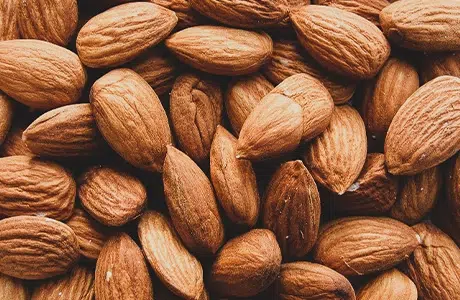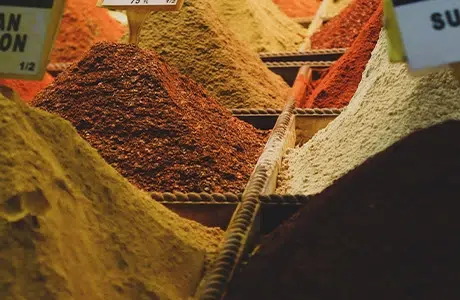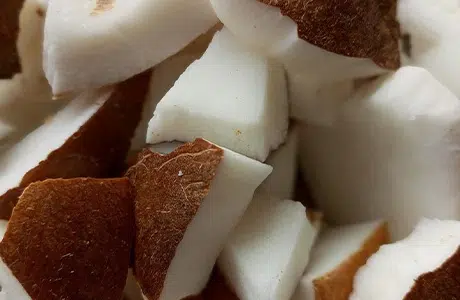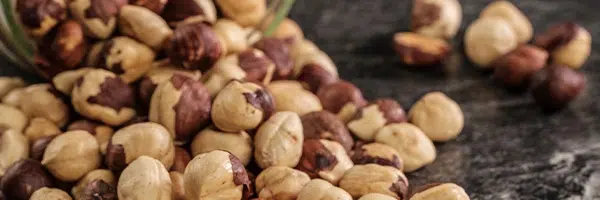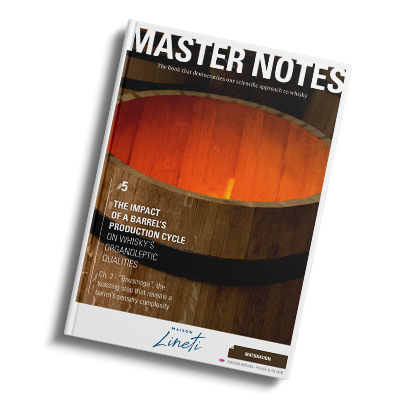Thermal degradation
Pyrolysis and thermolysis happen during the wood’s thermal treatment, leading to a degradation of polysaccharides (cellulose and hemicellulose), lignins and polyphenols (ellagitannins). This results in the generation of new aromatic compounds absent from unburned wood, and an increase of existing aromatic substances.





